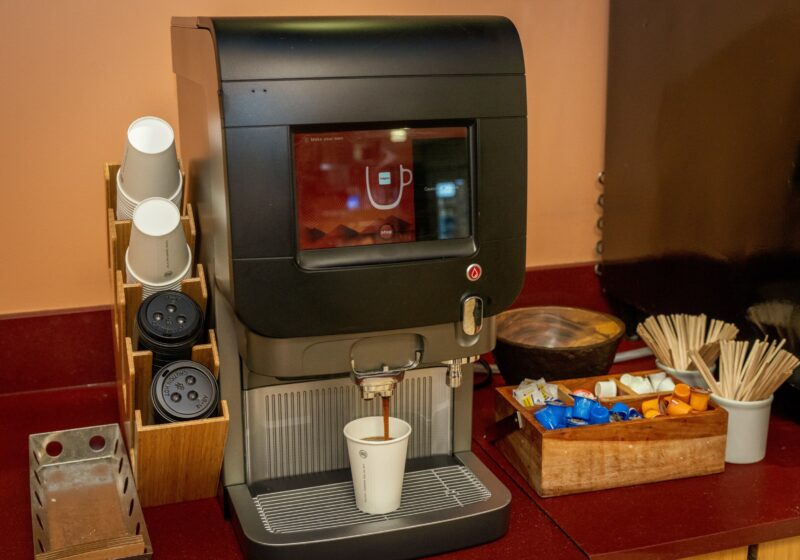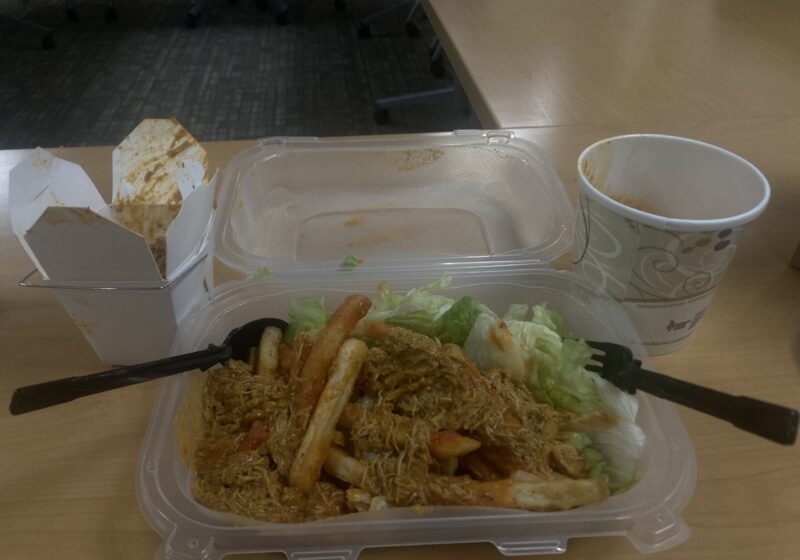“Aim high.” It’s the phrase that President Joel Seligman has preached to the school leaders and greater community as they embark on formulating UR’s first total master facilities plan since 1929. If he gets the message across, the University will be on its way to reaching the most prominent and successful stage in its history.
Being named one of the “new Ivies” is potentially small potatoes for UR. This December, The College, Eastman School of Music and the School of Medicine and Dentistry will each present plans to a strategic planning advisory committee outlining long-term goals for their schools, and the means to achieve them, which they hope will eventually establish the University among the top in the nation.
“There really is no limit to Rochester’s potential,” Students’ Association President Alex Pearlman said. “Northwestern and NYU are great schools that are probably just as competitive to get into as Harvard, Yale or Princeton. I think we could definitely reach that potential.”
One major challenge? Location. “We’re not in a big city. We don’t have the urban setting of other schools,” Pearlman said.
Seligman agrees. “We’re clearly a University of extraordinary achievement that’s less well known than we would be if we were in, say, New York, Chicago or L.A.,” Seligman said. “Because of that, we’ve got to try harder.”
One key step is to establish an ideal college town in the areas adjacent to the River Campus, namely the 19th Ward across the Genesee River and the “Mt. Hope Corridor,” between Elmwood Avenue and Crittenden. Currently, the Brooks Landing Project plan exists to develop an office building, hotel and restaurant in the 19th Ward, though, according to Seligman, it is moving “at the speed of a glacier.” Seligman continued, saying “the real question with Brooks Landing is, ‘Where does it go after that?'”
Pearlman sees great possibilities. “If I could name one thing to focus all our energy on it would be the ‘college town,'” he said. “If I want to go get Chinese food or be able to sit in a coffee shop and all I have to do is cross a bridge, that’s preferable.”
Also on the to-do list: strengthening ties between the College, Eastman and the School of Medicine.
“Eastman is an extraordinarily successful school,” Seligman said. “I want to look hard at possibilities for better collaboration. It’s a little trickier because of the physical separation of the schools.”
UR Medical Center is looking to benefit from a master facilities plan that will improve the trek from the River Campus.
“People walk along Intercampus Drive and they cut in the corner past the cemetery, come out past the power plant, then cross the road,” Pearlman said. “How do we make that more of an obvious route to travel? Can we set a direct route to URMC?”
This is one small goal. The master facilities plan is coordinated by University Architect Paul Tankel and Adam Gross of Ayers-Saint-Gross Architects and Planning, which renovated the Goergen Athletic Center 10 years ago and has also worked with Johns Hopkins and Carnegie Mellon.
“We’re unique in that all we work on is colleges and universities,” Gross said. “Our job is creating a long term road map of how a university is going to organize itself physically that reflects its academic mission.”
Though at this point, according to Gross, “It’s too premature to discuss hard and fast options.” Both tiny ideas like unified lampposts and large ones like renovating Spurrier and Hill Court, expanding Hutchinson Hall and adding buildings south of the Academic Quad are being considered.
One possibility has the Library Lot shifted underground and replaced by a grass quad with trees and benches. By expanding on elements already central to UR’s layout, such as the existing architecture and quads of the River Campus, Gross is able to maintain individuality among the many schools he develops.
Crucial to the success of all plans is student involvement, and soon architectural ideas will be presented to groups of students.
“It’s absolutely essential that the schools and URMC reach out to the students,” Seligman said. “We’ll want to hear their point of view.”
But amidst the talk of new buildings and development plans, Seligman also wants the focus to remain on the purpose.
“Our challenge is academic quality,” he said. “Our challenge is to have the strongest teaching and the strongest research and to recognize that as we continue with academic quality, diversity matters. And as we conceive of being the most outstanding university we can be, our relationships with the community matter.”
Although the current students won’t directly benefit from much of the present planning, there is one plus: in 10 years, mentioning UR as an Alma Mater will be far more impressive than it already is. To get there, students should encourage strategic planners to aim high.
Fountaine can be reached at cfountaine@campustimes.org.




